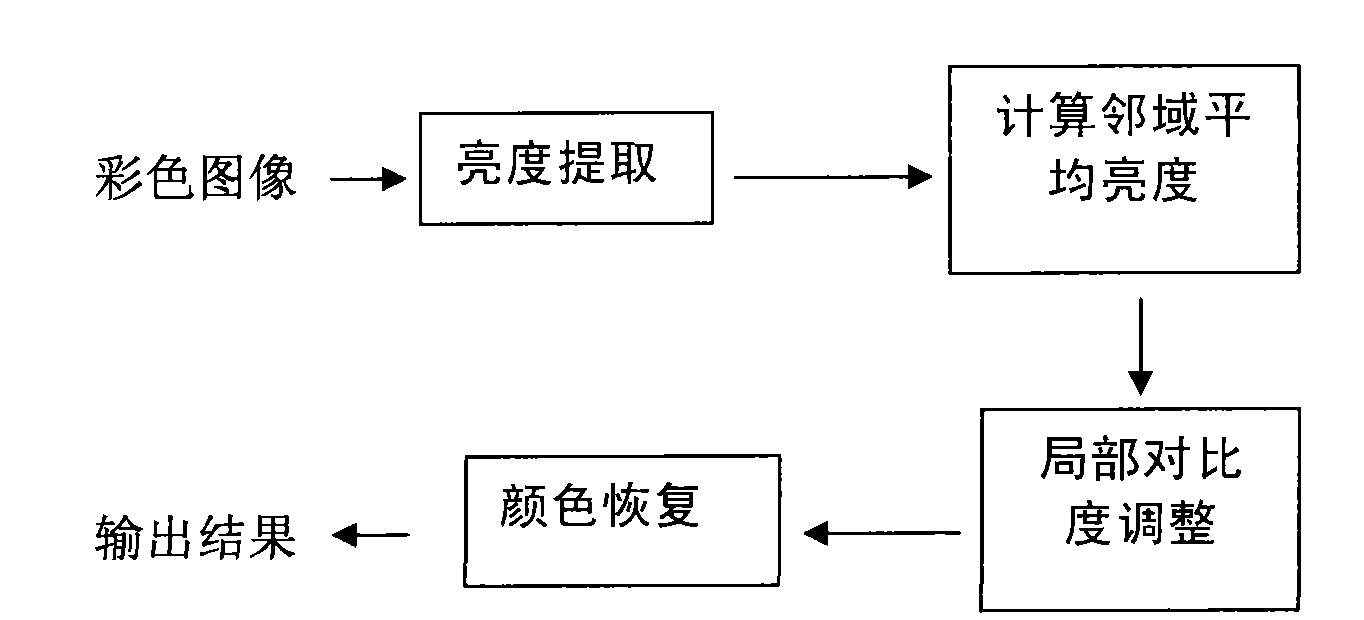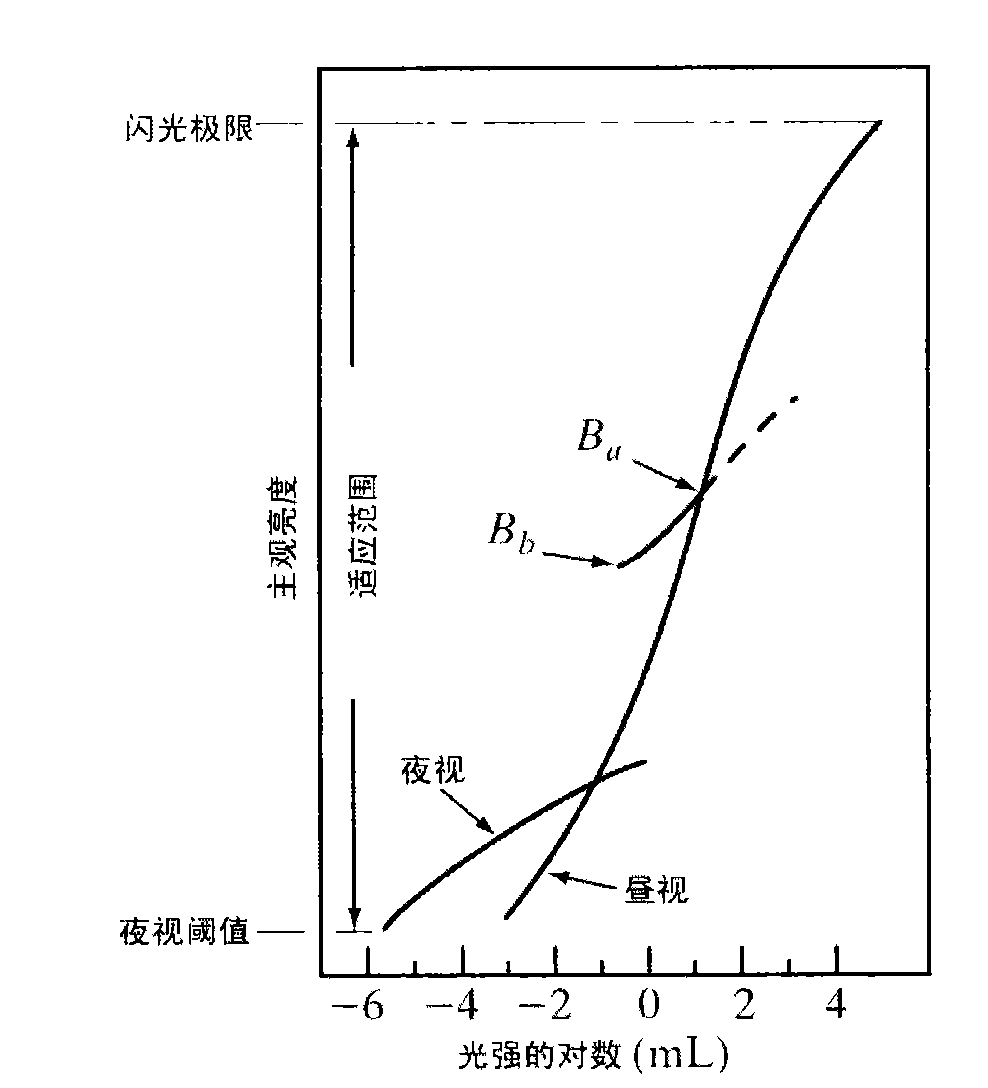Bionic image restoration method based on human visual characteristics
A technology of human visual characteristics and images, applied in the field of bionic image restoration that simulates the human visual system, can solve problems such as difficulty in finding the optimal network, inability to completely retain the original image, loss of smoothness and other characteristics of the observed image, and achieve restoration The effect of regional brightness contrast and brightness gradient information, strong image generalization ability, and good restoration effect
- Summary
- Abstract
- Description
- Claims
- Application Information
AI Technical Summary
Problems solved by technology
Method used
Image
Examples
Embodiment Construction
[0027] In order to make the object, technical solution and advantages of the present invention clearer, the present invention will be described in further detail below in conjunction with specific embodiments and with reference to the accompanying drawings.
[0028] In order to quantitatively describe the input-output characteristics of the retinal ganglion cell receptive field, the present invention adopts a double Gaussian difference model (DOG model) to describe the traditional receptive field of the ganglion cell with concentric overlapping circular areas of different sizes. central and peripheral areas. However, studies have shown that there is a large-scale disinhibition area in the traditional receptive field. Based on the DOG model, a three-Gaussian model is proposed, and a third Gaussian kernel is added to represent a large-scale disinhibition area.
[0029] Biological studies have shown that the subjective brightness of the human eye is a logarithmic function of the ...
PUM
 Login to View More
Login to View More Abstract
Description
Claims
Application Information
 Login to View More
Login to View More - R&D
- Intellectual Property
- Life Sciences
- Materials
- Tech Scout
- Unparalleled Data Quality
- Higher Quality Content
- 60% Fewer Hallucinations
Browse by: Latest US Patents, China's latest patents, Technical Efficacy Thesaurus, Application Domain, Technology Topic, Popular Technical Reports.
© 2025 PatSnap. All rights reserved.Legal|Privacy policy|Modern Slavery Act Transparency Statement|Sitemap|About US| Contact US: help@patsnap.com



